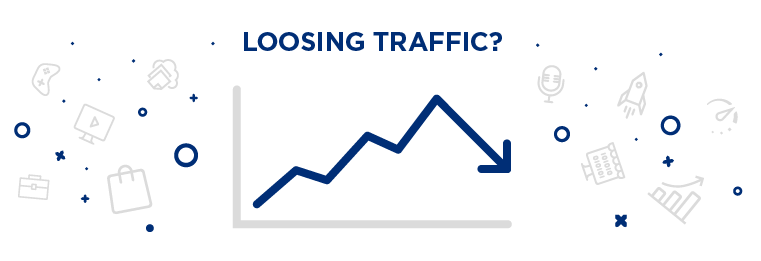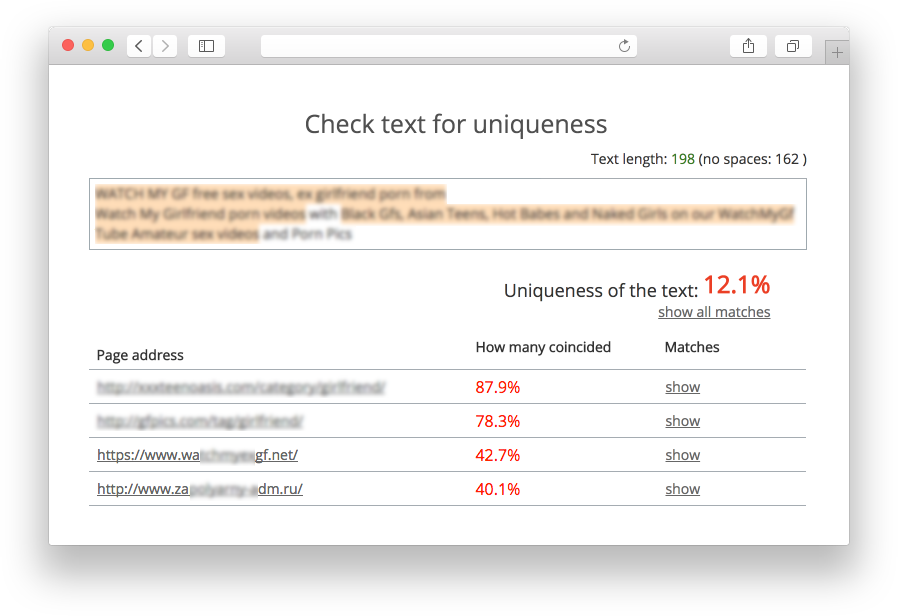HostiServer
2025-08-12 11:40:00
How to protect your website from proxy mirrors?
Updated content, originally published in June 2018
In today's digital world, search engines like Google are constantly refining their algorithms to reward high-quality, helpful content. For website owners, it's crucial not just to create valuable material but also to safeguard it from unauthorized copying. If your site's traffic suddenly drops without an obvious reason, it could be due to duplicate content appearing elsewhere. In this article, we'll explore what proxy mirrors are, their impact on SEO, and practical steps for detection and protection. We draw on expert recommendations and official sources to deliver objective and useful information.
What Are Proxy Mirrors?
These sites are often created using automated tools that proxy requests to the original, making the copy accessible to users.
This vulnerability stems from the openness of web technologies, where content can be easily duplicated. Proxy mirrors can show up in search engines, creating duplicated content that harms the original. sankalppatil12112001.medium.com
What Impact Do Proxy Mirrors Have on Your Site?
Duplicated content can lead to penalties from search engines, such as lower rankings or removal from the index. Google views duplicates as an issue because they degrade user experience, and it recommends using canonical tags to point to the original. support.google.com In addition, copies can siphon off traffic, reducing visits and revenue for the original site.
According to research, high-traffic sites (like those in the top 500,000 on Alexa) are more likely to be targeted for copying. This affects not only organic search but also AI-generated results, where Google prioritizes unique, authoritative content.

How to Check If Your Site Has Been Copied?
Detecting copies is the first step toward protection. Here are proven methods:
1. Search by URL in search engines: Copy popular URLs from your site and add the "inurl:" operator in Google.
For example inurl:/category/3344/flowers. This will help uncover duplicates.
2. Plagiarism checking tools: Use services like Copyscape or Grammarly Plagiarism Checker. Paste the page text (without the domain, as it might be changed) and scan for matches. Some copies could be translated into other languages.

3. Google Search Console: Check the "Links" or "Indexing" sections. Suspicious links from unknown domains might indicate copies.
4. Server log analysis: For tech-savvy users, examine logs for unusual activity (IP addresses, user-agents). For instance, if a user-agent mimics Googlebot but the IP isn't from Google's range, it's suspicious. Use commands like host IP for verification.
Ongoing monitoring helps spot issues early.
How to Protect Your Site from Proxy Mirrors?
Protection calls for a mix of technical and legal measures. Google advises avoiding duplicated content and reporting violations. developers.google.com Here are effective strategies:
1. Submitting complaints (abuse reports): Use WHOIS to get details on the domain owner and hosting. Send a complaint to the registrar or host. For Google, submit a spam report via Search Console or the quality report form.
2. Technical measures on the server:
- Block suspicious IP addresses via firewalls (for example, .htaccess).
- Load dynamic content through JavaScript to make copying harder.
- Use rel="canonical" tags to indicate original pages.
3. Monitoring and tools: Apply analytics (Google Analytics) to track traffic. Tools like Memcyco or similar services help identify risks. For example, Hostiserver offers automated monitoring and protection services against proxy mirrors, including manual checks and IP blacklists.
4. Prevention: Build a strong brand, add watermarks to images, and update content regularly. Avoid automated scraping by following Google's policies.
Log Analysis Example:
example.com 163.**.99.** - - [06/Dec/2017:07:32:20 +0000] "GET /search/1.html HTTP/1.1" 200 6656 "-" "Mozilla/5.0 (compatible; Googlebot/2.1; +http://www.google.com/bot.html)"
Check the IP against Google's official ranges.

Summary
Proxy mirrors are a common issue for popular sites, but with the right approach, you can minimize them. Focus on creating original, helpful content that aligns with Google's E-E-A-T principles (experience, expertise, authoritativeness, trustworthiness). Regular monitoring, technical setups, and complaints will help maintain traffic and search positions. If you're unsure about the technical side, consult specialists or dive into Google's official resources for more advice. This method not only shields your site but also boosts its overall performance in organic search and AI results.